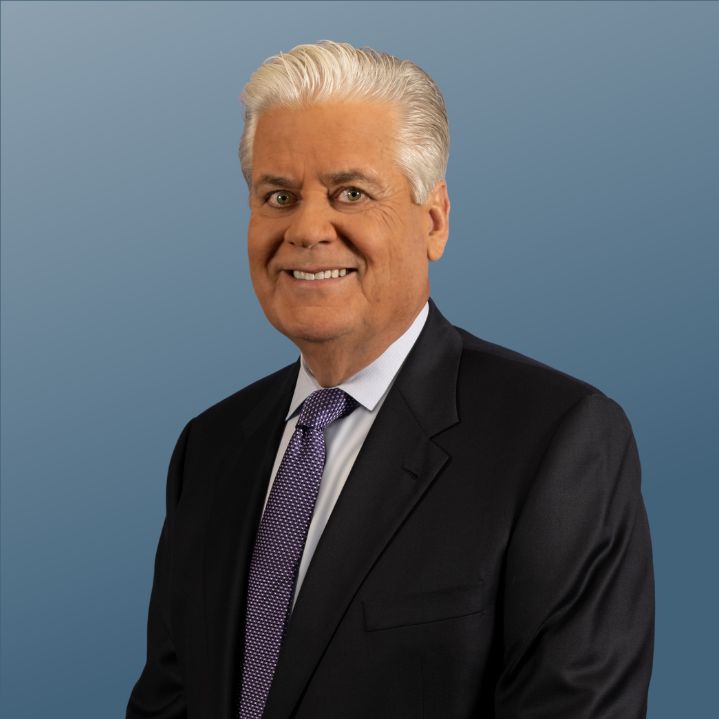Without active management, life insurance can become a client’s largest unmanaged asset. When a comprehensive review is completed, there are often several surprising and sometimes unsettling discoveries. C3 has developed a thorough policy review process that helps us proactively monitor and protect your or your clients’ policies and adjust them as goals and objectives evolve. We utilize a due diligence process that includes comprehensive vetting of companies and products based on verifiable market analytics and thorough research of options and product suitability.
Carolyn J. Smith
When I was a practicing CPA, I was curious when it came to a client’s life insurance portfolio … “who is running the show?”
The simple truth was, that often, there was no longer an active agent assigned to the client’s life insurance policies. They were just on autopilot — going through life’s busy, complicated intersections with no traffic cop!
These policies are sometimes referred to as “orphaned” policies.
Because without active management, life insurance can become a client’s largest unmanaged asset.
When a comprehensive review was completed, there were often several surprising and sometimes unsettling discoveries.
 Todd, I am sure you will remember the time when, as part of the review, we provided a list of current policy beneficiaries.
Todd, I am sure you will remember the time when, as part of the review, we provided a list of current policy beneficiaries.
The client was part of a blended family with many planning challenges. What was on file with the insurance company was quite a surprise especially to Dad. While this led to some tense discussions, the beneficiary designations were updated and coordinated again with the overall estate plan.
In other situations, missed premiums were identified. As a result, policy guarantees had changed, which impacted the longevity of the policy. Catch-up premiums, where possible, often created a financial challenge for the family.
Another common example is collateral assignments on expired loans.
From our experience, when policies are owned by an irrevocable trust, complexities expand. For instance, imagine a scenario where the trust grantor, i.e., source of cash gifts to pay premiums, dies before the person insured by the trust-owned policy.
This resulted in a trust owning a policy, without a source of funds for future premiums. Now others may be asked to help resolve an unanticipated cash flow crisis. In fact, the success of the grantor’s estate plan is often dependent on proceeds being received from the trust owned policy.
Todd S. Healy
My mother-in-law‘s policy ‘died’ before she did. Will yours?
 My mother-in-law just turned 99. That’s the good news. The bad news is that her life insurance policy died, or expired, when she was 95. When I entered the life insurance business, she became one of my first clients, as you might have expected. At the time she bought her policy, insurance companies assumed that everyone would be dead by age 95. As a result, the life insurance contracts did not extend beyond that age.
My mother-in-law just turned 99. That’s the good news. The bad news is that her life insurance policy died, or expired, when she was 95. When I entered the life insurance business, she became one of my first clients, as you might have expected. At the time she bought her policy, insurance companies assumed that everyone would be dead by age 95. As a result, the life insurance contracts did not extend beyond that age.
A lot has changed since my mother-in-law purchased her policy. While some of those policies may still be in force, today contracts may be purchased that will go out to age 125, and sometimes beyond. However, many policies purchased within the past few years may not last that long. Not because the contracts don’t allow for them to, but because of lower than projected interest earnings on those policies.
Another thing that has changed are the types of policies that are available today. As a young life insurance agent, I only had to learn two basic product types: whole life and term.
Today, we have at least 30 different types of products and immeasurable options within those products.
When universal life was first introduced, crediting rates were over 12%. Today, they are around 3%. With those kinds of changes, these policies need constant review and management.
Celeste C. Moya
Throughout my career, I have seen thousands of product changes, multiple insurance companies sold or restructured, crediting rates increase and decrease, and both more liberal and more restrictive guidelines when it comes to medical underwriting. Through it all, the one thing that has remained constant is the lack of adequate policy monitoring to properly navigate these changes.
With our firm’s collective experience, we have developed a thorough policy review process that helps us proactively monitor and protect your clients’ policies and adjust them as goals and objectives evolve. We utilize a due diligence process that includes comprehensive vetting of companies and products based on verifiable market analytics and thorough research of options and product suitability.
As part of this process, we have incorporated two tools that help us measure the competitiveness and appropriateness of products for each client’s specific situation.
The first is Veralytic, a third-party company that gives products an appropriateness rating based on 5 different criteria.
- The financial strength and claims paying ability of the insurance company,
- Cost competitiveness of the product as compared to current product offerings,
- Pricing stability,
- Relative policy value, and
- Historical performance.
The rating is coupled with an in-depth summary that explains the score for each of these criteria.
The second tool is Life Trends, a third-party company that provides up-to-date product pricing information, market research, in-depth product analysis, and independent unbiased product reviews.
Our policy review process, coupled with these industry leading tools, provide measurable recommendations that are customized to fit the client’s specific goals and objectives. And, because coordination is a key component of the value we provide, we collaborate with the client’s advisors to ensure the coverage is aligned with the rest of their planning.
At C3 Financial Partners, we look forward to helping you gain clarity in your goals and objectives, confidence that you are making the right decisions, and coordinating with you and your other advisors.
 ™
™



